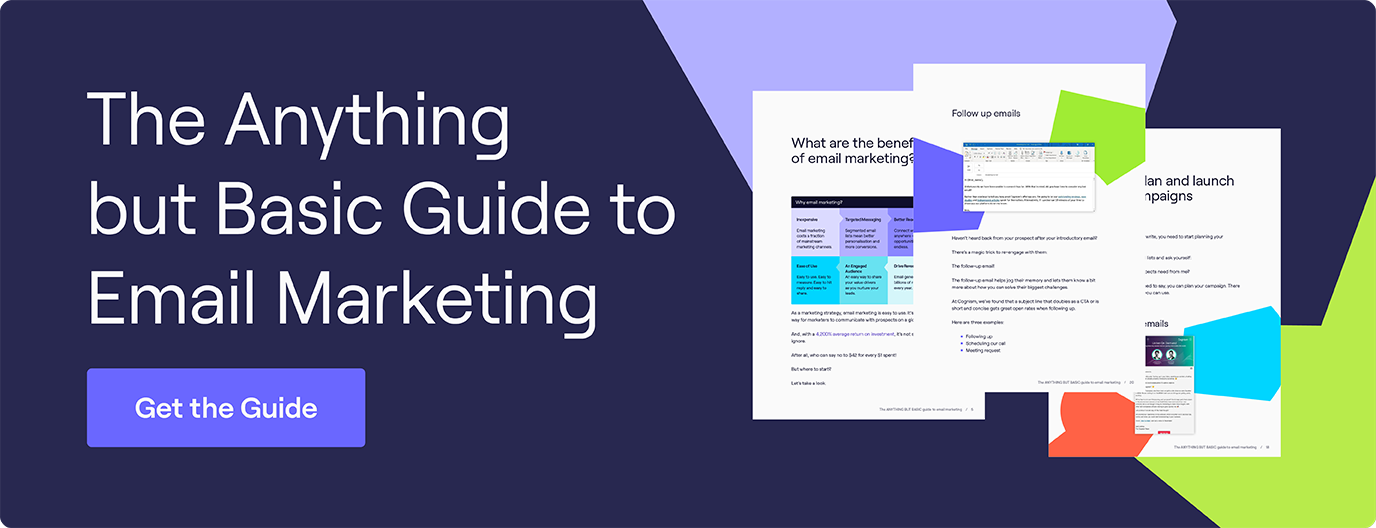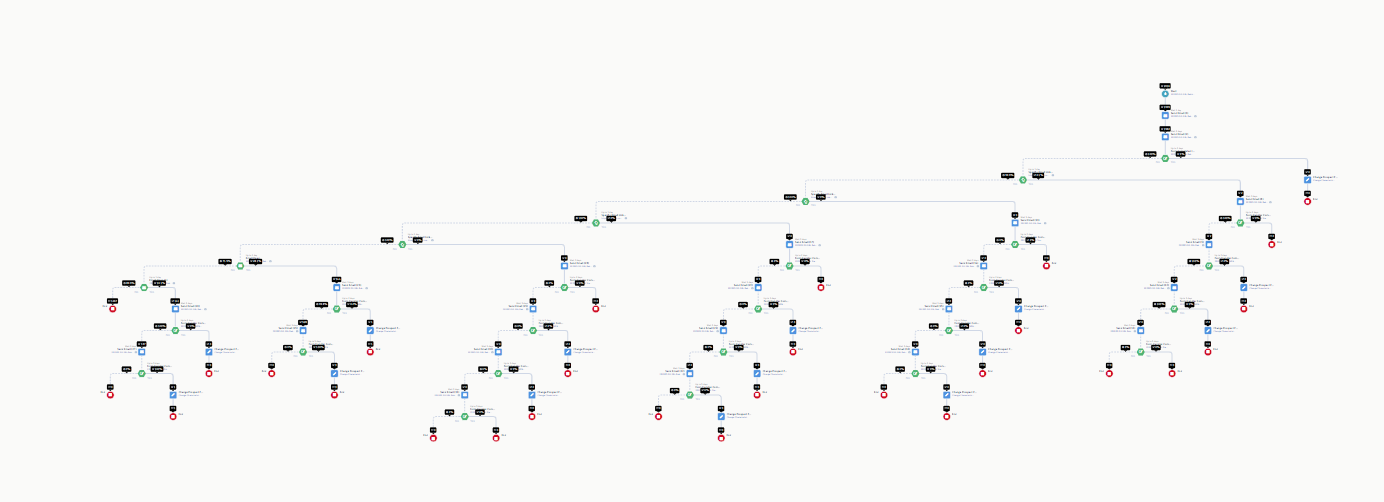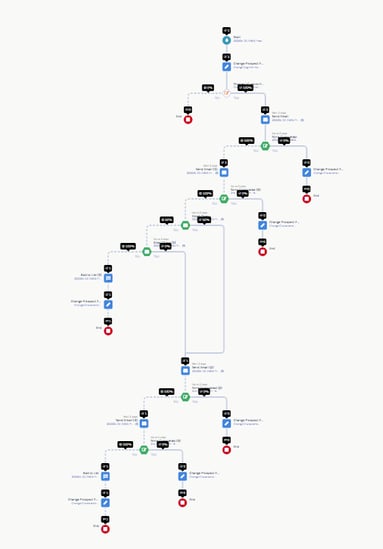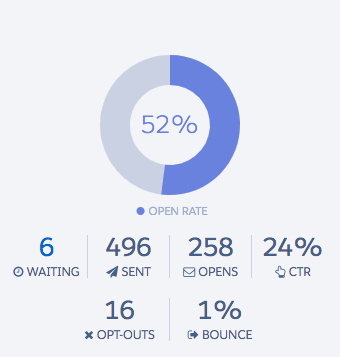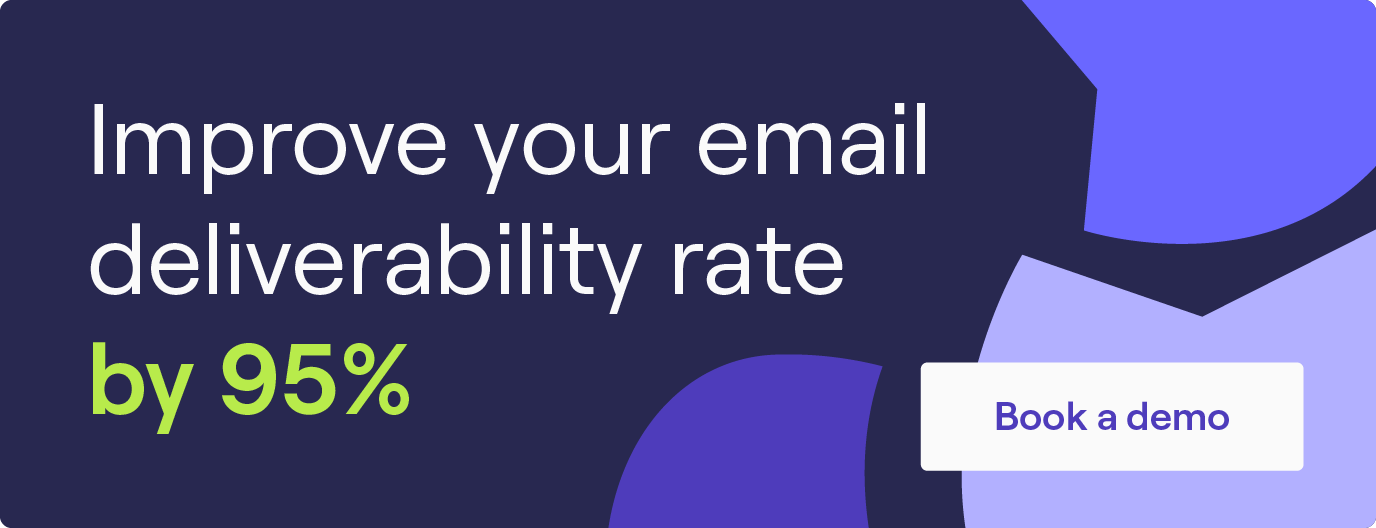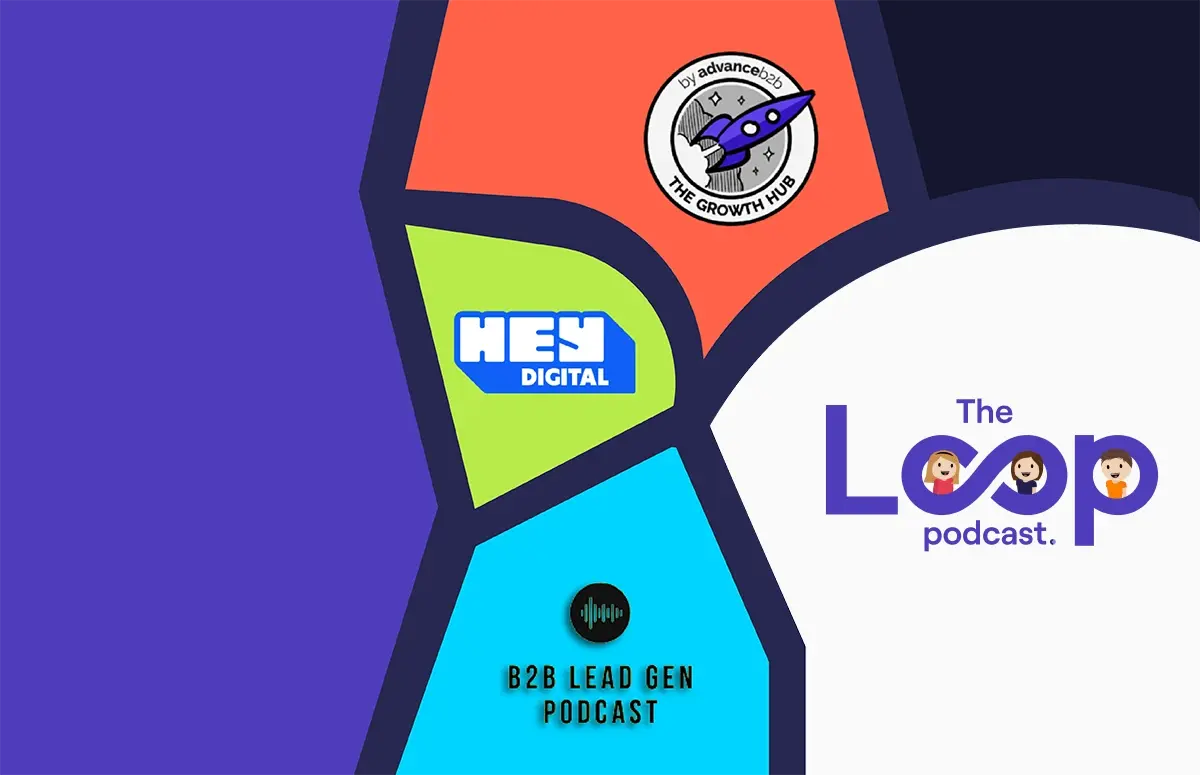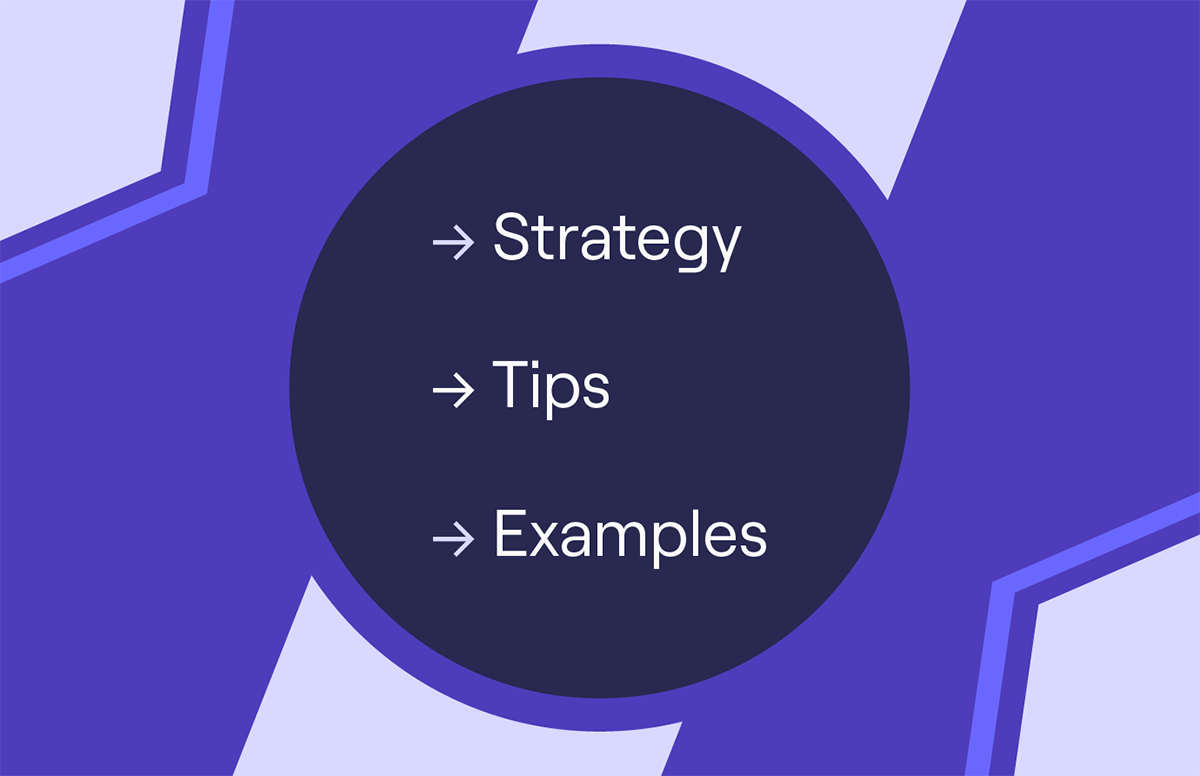What is Drip Email Marketing? Strategy, Tips & Examples for 2025
If you’re looking for a powerful way to keep in touch with your customers and nurture leads, drip email marketing is your answer.
You can send automated emails triggered by customers’ actions, such as signing up for an account or purchasing a product or service. These emails provide useful content and help build customer relationships over time.
This article looks more closely at email drip campaigns, including why it works and how you can do it.
Scroll 👇
What is drip email marketing?
Drip email marketing or a drip campaign refers to a sequence of automated emails sent to individuals who have taken a specific action on your website. You can choose the quantity and frequency of the emails sent.
Typically used by B2B companies, drip campaigns are a great way of building stronger relationships with leads while ensuring you get the right information in front of prospective customers at the right time.
Why use drip email campaigns?
An email drip campaign can be incredibly effective for businesses in driving customer engagement, loyalty, and sales.
They work because not every B2B prospect is ready to buy from you when they first meet your brand.
For example, a buyer may come across your company and express interest but won’t have a budget until the following year. As a marketer, your job is to keep them engaged until then.
With drip marketing, you can use that time to provide value to your prospect with informative marketing content. You can start a relationship, have a two-way conversation and build trust.
You can also create drip email campaigns that closely match your prospect and the position they’re currently in. When you segment your leads this way, you speak directly to your them.
Drip email marketing is cost-effective, scalable and measurable. You can use lead scoring to track how each recipient interacts with your emails. With the right software, once you’ve crafted your messaging, your drip campaign works away in the background, delivering qualified leads who are excited to buy.
And it works. Research by Marketo found that B2B companies that run drip campaigns generate 50% more sales-qualified leads at a 33% lower lead cost.
How do you start a drip mail campaign?
When starting your drip email campaign, there are a few things to consider:
1. Your target audience
Who are you going to send your emails to?
You don’t want to blast your entire B2B database with the same campaign, as it won’t be relevant to all your prospects.
Instead, narrow your focus down to a target audience that you can reach with a super-relevant message. Marketers utilising segmented campaigns report a substantial 760% increase in revenue.
So start by looking at your Ideal Customer Profile (ICP) and then create a segmented prospecting list for your drip marketing campaign that matches it.
2. Drip email KPIs
Think about the B2B marketing KPIs for your drip campaign.
What do you want your prospects to do when they go through your email sequence?
For instance, do you want them to call your sales team for a demo?
When you have a goal, you will know if your campaign has been successful in reaching it.
3. Set drip campaign goals
When planning your campaign, establish the following:
- How many emails will you send?
- How often?
You don’t want to bombard your prospects; instead, gently walk them through what your product does. That’s good lead nurturing.
4. Plan your email content
Think carefully about the content of your emails.
What will it be?
Make sure you go for impact, with sharp subject lines and striking graphics.
How will you introduce yourself in an email?
Once you press go on your campaign, keep a close eye on your analytics. If a part of the drip email sequence isn’t generating enough engagement, look at how you can fix it. Use data to make data-driven marketing decisions.
How to set up a drip email marketing campaign?
When creating a drip email campaign, your purpose shouldn’t be to close deals; leave that to your sales team! Instead, You should provide a gentle reminder that you’re there and can provide value.
While you’re ‘warming up the lead’, you should always provide value. A successful drip email campaign should be mutually beneficial. The lead will consider you a valuable contact if you send them useful content.
Here are seven easy steps to help you create a successful drip email marketing campaign:
1. Establish the basis of your campaign
Head back to the previous section and check each planning point for your drip marketing campaigns:
- Target audience and email list segmentation.
- Campaign goals and purpose, i.e. lead nurturing, onboarding new customers, promoting a product, or re-engaging with inactive subscribers.
- Choose the number of emails needed and the days and times to send them.
- Map out what content your prospect will find valuable at each buyer journey stage.
💡Nail your email marketing strategy with targeted email lists:
2. Go deeper
Drip email marketing is much like account-based marketing because you need to understand your audience more deeply.
Go deeper when segmenting your lists. Look at demographics, buyer behaviours, your prospect’s interests and what information they will find most valuable.
The more personalised your emails, the better. You can use a B2B data provider like Cognism, ZoomInfo or Lusha to find a buyer’s contact information, enrich your lists and add personalisation.
Use the recipient’s names and other relevant marketing data. Personalisation increases engagement and makes your emails feel more tailored to the individual.
According to research done by Campaign Monitor, personalised emails can achieve an open rate of 29% and a click-through rate of 41%.
3. Invest in tech
We mentioned using a B2B data provider to ensure accurate emails and to help with drip email personalisation. Still, an automation platform is the number one tool you need for automated drip campaigns.
Popular options include HubSpot, ActiveCampaign, Mailchimp or its alternatives.
4. Write your drip email sequences
It’s time to put all your planning into action.
Create your drip email sequence to automate sending at predefined intervals. These emails can include welcome messages, educational content, promotional offers, and more.
And remember:
Different people prefer to interact in different ways. Try sending a mix of video content, case studies, decks and more to ensure you connect with each lead in their preferred way!
Next, craft attention-grabbing subject lines to entice recipients to open your emails. Make them relevant to the content of each email in the sequence.
Throughout the campaign, ensure your emails flow logically and focus on delivering value to your recipients. Share informative content, helpful tips, and relevant offers that address their needs and interests.
5. Program marketing triggers
Decide on the trigger that initiates your drip campaign. Common marketing triggers include subscribing to a newsletter, signing up for a free trial, making a purchase, or clicking a specific link.
Configure your drip campaign automation rules in your email lead generation software. Define when to send each drip sequence and to whom.
6. Double down on compliance
One of the most important factors in drip emailing is following anti-spam laws, like the CAN-SPAM Act or GDPR. Sales and marketing teams often overlook compliance, but prospecting to a buyer who has opted out of marketing emails can land you in hot water.
One rule you must follow is always providing a clear way for recipients to unsubscribe from your drip campaign.
What’s more, if you send too many emails at once or receive high bounce rates, you’re email reputation can be negatively affected. Avoid this by investing in sales data that includes verified B2B email lists. These vendors can also offer verified mobiles if you send out SMS drip campaigns.
7. Test, monitor, adjust and refine
B2B marketing isn’t set in stone. You can always make changes to optimise your campaigns. Launch your email marketing drip campaign, then monitor its performance.
Track open rates, click-through rates, conversion rates, and other relevant metrics to evaluate the campaign’s success.
You might notice that various aspects of the campaign aren’t getting the traction you’d like. You can quickly test these with A/B testing. Start by comparing email subject lines, content, and send times. Use the results to optimise your marketing drip campaigns for better performance.
Based on the performance data, make necessary adjustments to your emails and automation rules. Adapt the campaign to meet your goals and audience’s needs better.
After the campaign concludes, assess the overall results and return on investment (ROI). Use this information to inform your future drip email marketing strategies.
Learn more about Cognism’s email success secrets in our 'Anything But Basic' Guide to Email Marketing’ 👇
Three tried and proven drip campaign examples
Here are three drip email campaign examples that you could use to engage potential customers:
1. Rekindle drip campaign
A rekindle campaign aims to re-engage with existing leads in your database.
At Cognism, leads who we failed to convert from past marketing campaigns or content downloads are marked as ‘nurture’ and entered into this lead nurturing campaign.
Liam Bartholomew, VP of Marketing at Cognism, said:
“For this type of campaign, it’s important to be non-obtrusive. If you irritate ‘nurture’ leads, they’ll quickly unsubscribe.”
This is down to the fact that you’ve not yet shown them a lot of value. Sure, they might’ve downloaded some content or signed up for a webinar, but how many times have you signed up for something and then forgotten all about it? (We do it all the time!)
This contact might know as little about you as you know about them. Setting up a nurture campaign can help you get to know each other.
For this reason, start with general messaging and then branch the leads off as you learn more about them.
In this rekindle campaign, we’ve put two links into the first email - one for sales content and one for marketing content. Which email funnel a recipient goes into is dependent on the link they click.
It’s worth thinking about how you want to segment your audience. If you’re a salesperson running a drip email campaign, offer articles on two types of products. If you’re a realtor doing drip email marketing, offer articles on housing types.
You can offer them a more contextually relevant solution by learning more about the lead.
2. Free trial drip campaign
A free trial campaign aims to engage with prospects who’ve seen value. The success rate for these campaigns should be higher because you’ve already established yourself as a valuable contact.
Cognism recently offered 25 free leads to people searching for B2B data. When users sign up, they enter our drip email campaign to receive more advice on contacting the leads.
Liam added:
“The goal here is to demonstrate thought leadership and personal support. This adds depth to the trial, and the human interaction will make you more memorable.”
If this campaign sounds more direct than the Rekindle campaign, it’s because it is. We already know these prospects are interested in B2B lead generation, and they already know we can provide it. Now, it’s just a case of breaking the ice.
We also offered 25 free leads to people in the Rekindle campaign. They’re moved into the free trial campaign if they sign up. We enjoy interconnecting our drip email sequences. It can improve the relevance of your messaging with minimal additional effort.
We found that the email offering 25 free leads to potential customers in this drip campaign was the most effective one sent.
3. Additional value drip campaign
An additional value campaign aims to engage with leads who’ve already downloaded content. Your advantage here is that you already know which content this lead is interested in, so you can provide more of the same.
Regularly providing helpful content will demonstrate your company’s value and build a positive relationship with the lead.
Liam said:
“Every email in a drip campaign should provide value. Make sure that your emails are useful. Show that you have thought leadership in the right area.”
Our CTA (call to action) is a demo request in this email drip campaign. The leads can still view the content without booking a demo, but if they’re interested, it’s there.
The demo request should show free value - an opportunity to learn more about a potential solution. If your leads feel pressured into a demo they don’t want, you’ll lose them.
If you set up an additional value drip campaign successfully - you’ll be booking meetings with leads who already trust you, and your SDRs will love you for it!
Drip campaign emails: key takeaway
The first step is ensuring you have a good structure for drip email marketing. Use marketing data from previous drip email campaigns to refine future campaigns, review the sequences as they’re running and nurture them.
Liam said:
“One of the many great things about drip marketing is that you can instantly change campaigns. If something isn’t working, change it! If something is working well, use it as inspiration for your other campaigns.”
Like many areas of data driven marketing, the value lies in your ability to improve over time.
FAQ
Q. Where does drip email marketing fit into the sales cycle?
B2B sales teams love prospects who’ve been through an email drip sequence. When the sales team speaks to the prospect, they know that the email campaign has already done much of the hard work.
The email campaign will have started building a relationship with the prospect. It will educate them about how the product works and the problems it solves. It will also measure the prospect’s responses so salespeople can assess their engagement.
Drip campaigns should also have target customers, placing more trust in your sales reps. The emails have already established credibility and provided value. It makes the salesperson’s job a lot easier.
Extend your marketing reach!
If you want to increase your campaign efficiency and reach, then you need good data. By using fresh and accurate B2B data, you can communicate with more of your target prospects.
Cognism offers a global data solution. You’ll be able to identify and capitalise on new opportunities with quality email addresses and next-level mobile numbers.
Plandek used Cognism to improve data quality and enrichment. This has resulted in a 95% email deliverability rate and a 52% increase in conversion rates!
To speak to one of our data experts, click the button below!
